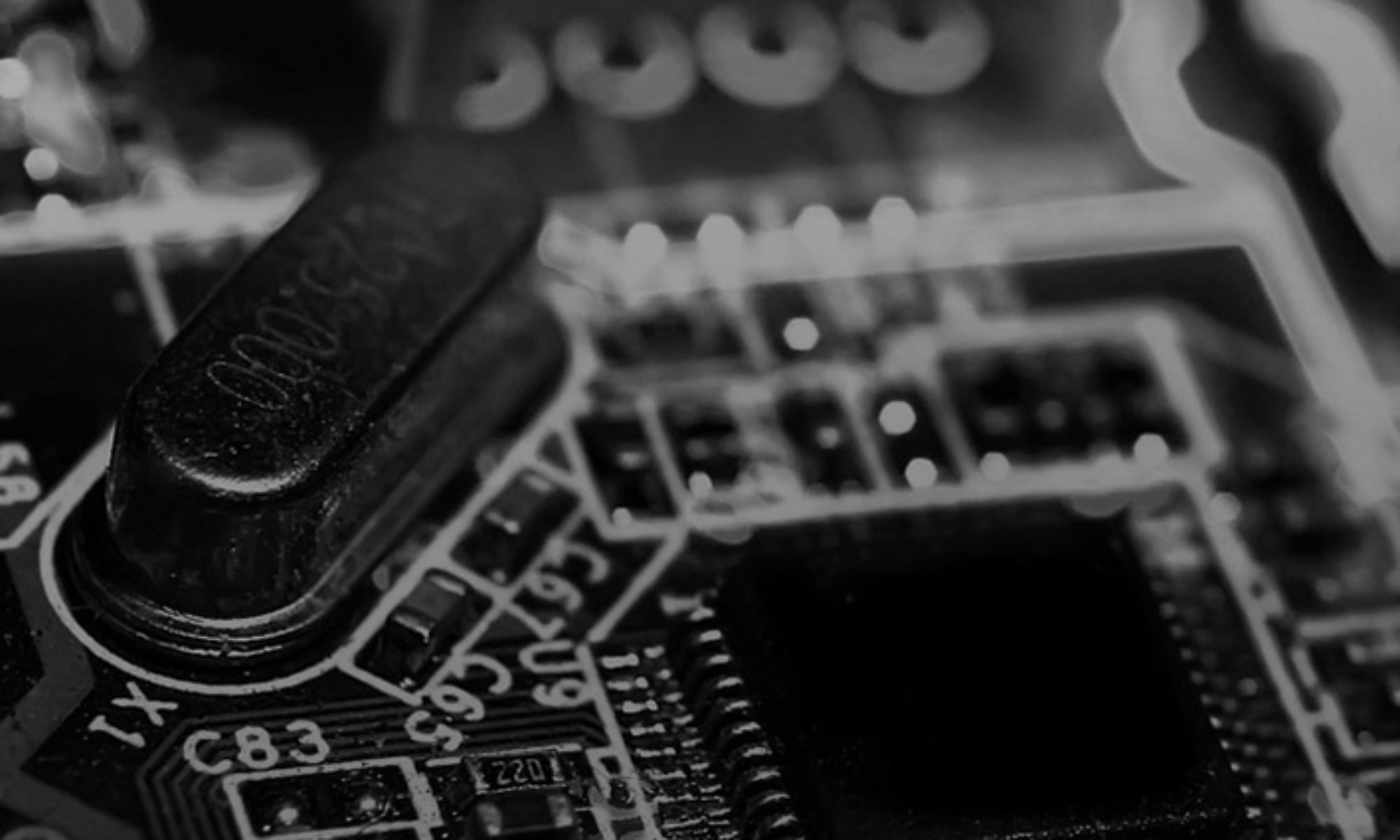I. Provisional and Protective measures:
(A) The provisional measures granted by the UPC:
The UPC will have the power to:
- order provisional measures to preserve evidence and the inspection of premises, or “saisie-contrefaçon” (Article 60.1 and 60.3 of the UPC Agreement),
- order a party to produce evidence (Article 59 of the UPC Agreement),
- order a party not to remove from the UPC’s jurisdiction any assets, or “freezing orders” (Article 61.1 of the UPC Agreement),
- grant provisional and protective measures such as injunctions against an alleged infringer or any intermediary (Article 62.1 of the UPC Agreement),
- order the seizure or delivery up of products suspected of infringing a patent, as well as the precautionary seizure of the movable and immovable property of the alleged infringer, including the blocking of the bank accounts and of other assets of the alleged infringer (Article 62.3 of the UPC Agreement).
(B) Provisional measures, strength of the plaintiff and other factors:
Before granting an injunction, the UPC will weigh up the interests of the parties and in particular take into account the potential harm for either of the parties resulting from the granting or the refusal of the injunction as stated in Article 62.2 of the UPC Agreement and Rule 211.3 of the draft Rules of Procedure of the UPC.
Factors which the UPC shall take into account under Rule 209 of the draft Rules of Procedure of the UPC include:
- the outcome of any opposition before the European Patent Office or any other proceedings before a national court,
- the urgency of the case,
- whether the defendant has been heard,
- whether any protective letter has been filed.
The UPC may also require the party applying for an injunction to provide reasonable evidence in order to satisfy the UPC with a sufficient degree of certainty that the party is the right holder and that his right is being infringed, or that such infringement is imminent under Article 62.4 of the UPC Agreement.
(C) Interim Measures and Exclusive Jurisdiction:
The UPC is a court common to the Contracting Member States as stated in Article 1.2 of the UPC Agreement, in which it has exclusive jurisdiction. However, decisions and orders -like for example an order to preserve evidence- can under certain circumstances be enforced outside the territories of the Contracting Member States in accordance with Regulation 1215/2012.
(D) Interim measures without involving the defendant:
Under Article 62.5 of the UPC Agreement, where necessary to avoid any delay which could cause irreparable harm to the patent proprietor, or where there is a demonstrable risk of evidence being destroyed, the UPC will have the power to grant – without hearing the defendant – provisional and protective measures (injunctions, seizure or delivery up).
Similarly, the UPC may order measures to preserve evidence or inspect premises and grant freezing orders without hearing the defendant (Articles 60.5 and 61.2 of the UPC Agreement; and Rule 212 of the draft Rules of Procedure of the UPC).
(E) Protective Letter:
A protective letter may be filed at the UPC, typically where a person considers that there is a risk that an application for provisional measures against him as a defendant be lodged before the UPC (Rule 207 of the draft Rules of Procedure of the UPC).
It is envisaged that a protective letter may be filed at any time. It may contain facts, evidence and arguments of law and set out the reasons why any future application for provisional measures should be rejected by the UPC. It is furthermore envisaged that a fee should be paid. The protective letter would have effect for a period of 6 months (extendable upon payment of an extension fee). It would not be made public.
II. Bifurcation:
(A) Infringement and Validity actions:
If an infringement action is initiated before the central division of the UPC and a counterclaim for invalidity is brought before the central division, both infringement and validity will be dealt with together.
If an infringement action is initiated before a local or regional division of the UPC and a counterclaim for invalidity of the patent is brought before the local or regional division concerned, Article 33.3 of the UPC Agreement foresees different scenarios:
- The local or regional division concerned may decide to proceed both with the infringement action and the counterclaim for invalidity together (in this case it has to request the allocation of a technically qualified judge with qualifications and experience in the field of technology concerned);
- it may alternatively decide to refer the counterclaim for invalidity for decision to the central division and, depending on the circumstances of the case, either suspend or proceed with the infringement action (Rule 37.4 of the draft Rules of Procedure of the UPC provides further guidance to the local or regional division on the criteria to consider when deciding whether to suspend or to proceed with the infringement action);
- with the agreement of the parties, the local or regional division concerned may also decide to refer both the infringement action and the counterclaim for invalidity to the central division, where they will be dealt with together.
(B) UPC’s discretion as to hear infringement and validity together:
Article 33.3 of the UPC Agreement leaves it to the discretion of the local or regional division concerned to decide whether to proceed with the infringement action and the counterclaim for invalidity together or whether to refer the counterclaim for decision to the central division.
In the latter case it is also left to the discretion of the division concerned whether to proceed with the infringement action or whether to stay the infringement proceedings and to wait for the counterclaim for invalidity to be decided on by the central division.
It is expected that the division concerned will take these decisions taking into account all relevant circumstances of the case, including grounds of fairness to the parties.

